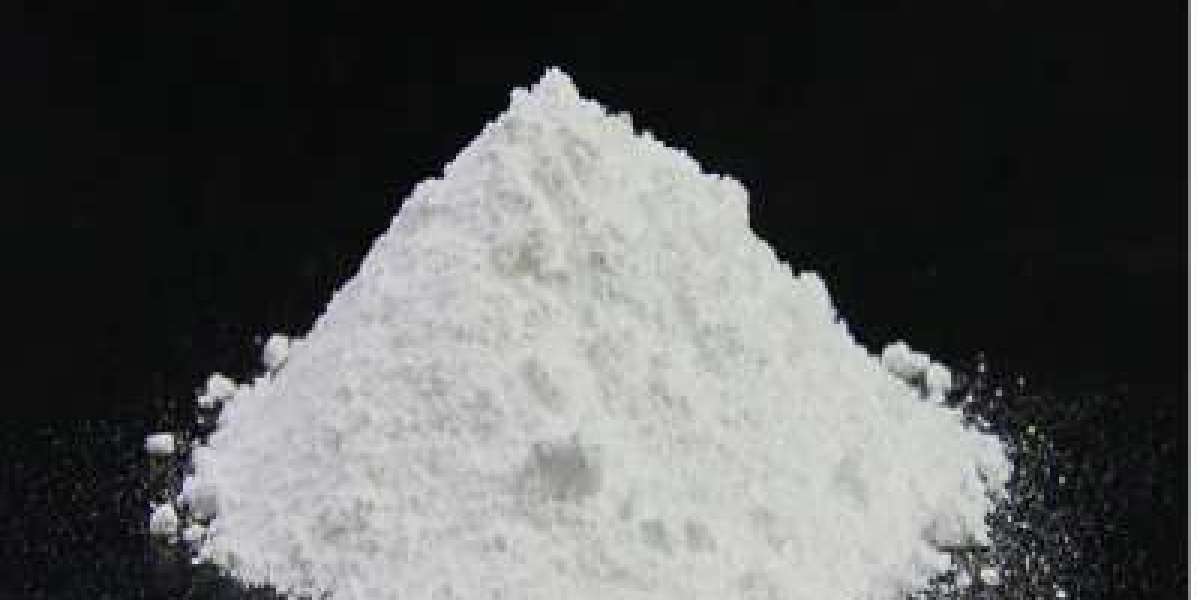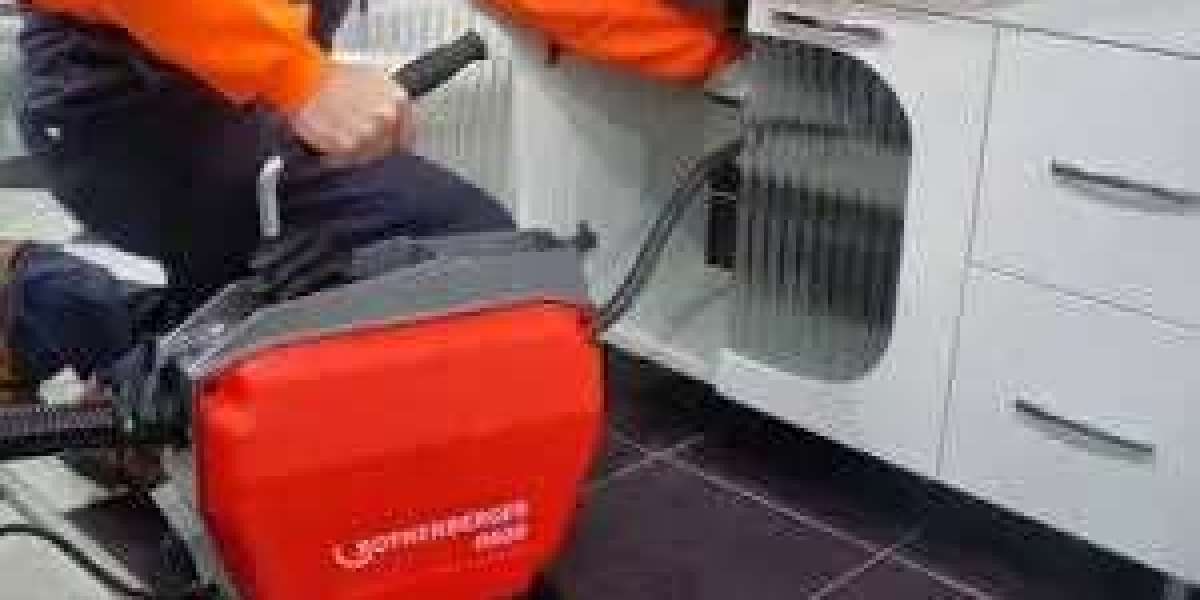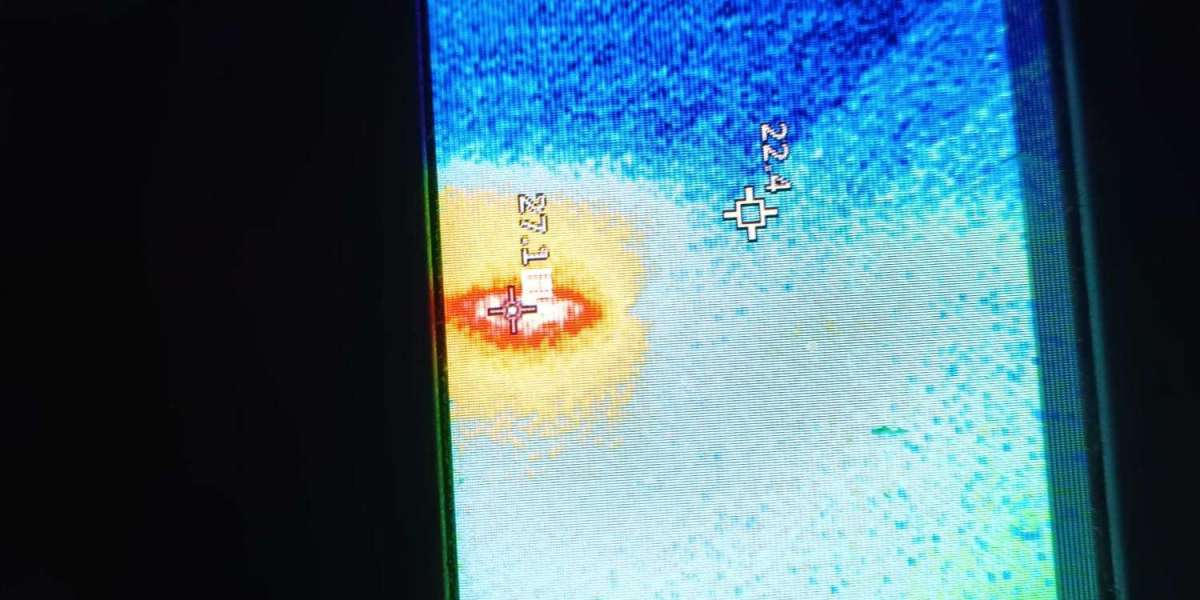If a chemical manufacturer does not have any environmental certifications, you can still verify their compliance with environmental standards through the following steps:
1. Conduct a Detailed Assessment
- Request Documentation: Ask the chemical manufacturer to provide detailed information about their environmental practices, including their environmental policy, waste management procedures, energy efficiency measures, and any other relevant documentation。
- Self-Assessment Questionnaires: Use questionnaires to gather data on their environmental practices. For example, ask if they have set environmental targets, how they manage waste, or if they have any programs for reducing emissions。
2. Perform On-Site Audits
- Site Visits: Conduct or commission on-site audits to observe the chemical manufacturer’s operations firsthand. Check for waste management practices, pollution control measures, and overall environmental management。
- Interview Management and Employees: Speak with the chemical manufacturer’s management and employees to understand their awareness and commitment to environmental practices。
3. Verify Compliance with Regulations
- Check Regulatory Compliance: Ensure the chemical manufacturer is aware of and complies with local and international environmental regulations. You can request proof of compliance or check with relevant regulatory authorities。
- Historical Compliance Records: Investigate the chemical manufacturer’s past compliance records to identify any history of violations or non-compliance。
4. Evaluate Environmental Performance
- Environmental Impact: Assess their environmental impact, such as carbon footprint, energy consumption, and waste generation. Ask for data or reports that demonstrate their efforts to reduce environmental impact。
- Continuous Improvement: Look for evidence of continuous improvement in their environmental practices, such as setting and achieving reduction goals。
5. Engage in Third-Party Verification
- Third-Party Audits: Consider hiring a third-party auditing firm to conduct a comprehensive environmental compliance audit. This can provide an independent assessment of the chemical manufacturer’s environmental practices。
- Verification of Claims: If the chemical manufacturer makes any environmental claims (e.g., “recyclable” or “biodegradable”), verify these claims through third-party verification services。
6. Monitor Ongoing Performance
- Regular Reporting: Establish a system for ongoing monitoring and regular reporting of the chemical manufacturer’s environmental performance. This helps ensure they maintain compliance over time。
- Feedback Mechanisms: Create channels for feedback from employees and stakeholders to identify any potential issues。
7. Encourage Transparency and Improvement
- Transparency: Foster a culture of transparency by encouraging the chemical manufacturer to share their practices and progress. Open dialogue can help address any gaps in compliance。
- Support and Collaboration: Work with the chemical manufacturer to implement improvements if they are willing to commit to better environmental practices。
By following these steps, you can gain a comprehensive understanding of a chemical manufacturer’s environmental practices, even if they do not have formal certifications. This approach helps ensure that they align with your sustainability goals and regulatory requirements.








